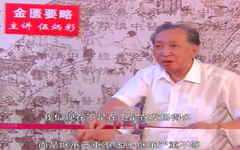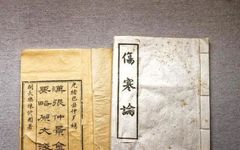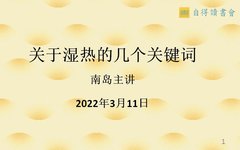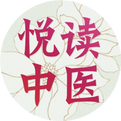Wu Bingcai’s Six Lectures on the Essentials of the Golden Chamber
Lecture 1: The Study of Pulse in the Golden Chamber Summary: The current edition of the “Essentials of the Golden Chamber” contains a total of 398 articles, of which 134 are related to pulse diagnosis. Therefore, this lecture aims to help us analyze the meanings of these articles more accurately; secondly, to serve clinical … Read more









